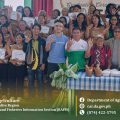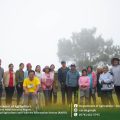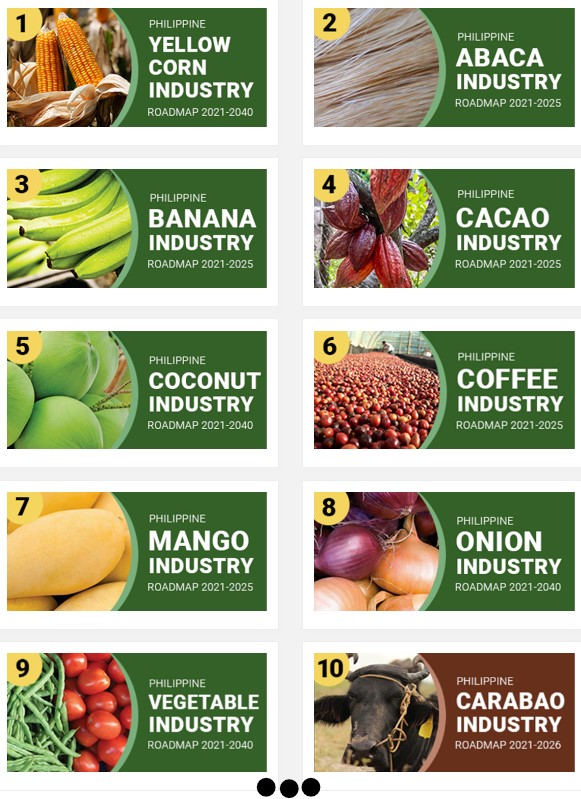The Department of Agriculture Cordillera (DA-CAR) will consider value-adding measures to help increase the demand for heirloom rice (HR) produced in the region.
In the Multi-Sectoral Consultation on Heirloom Rice in Baguio City this year, DA-CAR Regional Technical Director for Operations Danilo Daguio pointed out the need to apply the extra value over and above the original value of heirloom rice, which increases its value while prioritizing conservation and encouraging more production of those landraces.
“Heirloom rice, which is considered a special commodity, is now under the National Rice Program, or NRP, the present challenge is how we can meet the self-sufficiency of rice in the country in terms of yield per hectare and production. We need to validate the landraces of HR from the local government units and the HR-producing farmers to determine what specific measures we can apply that would support the production, including the benefits the HR farmers can receive from its production,” Daguio said.
Based on the 2023 study conducted by DA-CAR on the appraising and preference analysis in the production of the traditional rice landraces of heirloom rice collected and conserved by DA-CAR, there were 870 heirloom rice landraces identified in the region, of which 622 were still existing, while 248 are extinct or are no longer grown in any of the barangays in the four identified heirloom rice-producing provinces.
From the existing landraces, 41 were preferred by the farmers, and 27 were reported to be extinct in some barangays but still cultivated in other barangays.
The study showed that of the four provinces, Kalinga has the highest number of identified existing or still cultivated extinct heirloom rice landraces, covering 16 barangays in the municipalities of Balbalan, Tanudan, and Lubuagan.
This is followed by Mountain Province, with 170 existing and 72 are extinct, covering 45 barangays, and Ifugao, with 146 existing and 50 extinct. Benguet recorded 127 existing and 40 extinct, covering 19 barangays.
“We have to determine our objective concerning the production of HR by identifying if it is for knowing the yield or for our HR farmers to have higher income from the sale of HR that we could enjoin with agri-tourism. One thing that we should consider is the by-products and quality coming from heirloom rice like wine, among others, wherein we can concentrate our interventions for heirloom rice,” the Regional Technical Director for Operations stated.
DA-CAR Regional Heirloom Rice Focal Person May Ann Tuba-ang said that for 2024, the department has allocated P72 million to be used for heirloom rice programs, particularly Extension Support, Education and Training Services (ESETS), Research and Development (RD), Irrigation Network Services (INS), and Agriculture Machinery, Facilities, and Equipment Support Services (AMFESS).
“This consultation will assist us on what other measures and interventions the department can implement in the heirloom rice-producing areas in the Cordillera while assuring and safeguarding the cultural value of traditional rice landraces in HR, and helping increase the income of our HR farmers through consultations like this,” Tuba-ang explained.
Among the objectives of the stakeholder’s consultation are the integration of biological control agents on rice production in the region, the assessment of the operational status of Provincial heirloom rice cooperatives, the assessment of the level of technology adaptation among beneficiaries of the heirloom rice project, the geotagging of HR production areas, and the documentation and registration of HR rice landraces as traditional crops.// Jonathan T. Llanes










